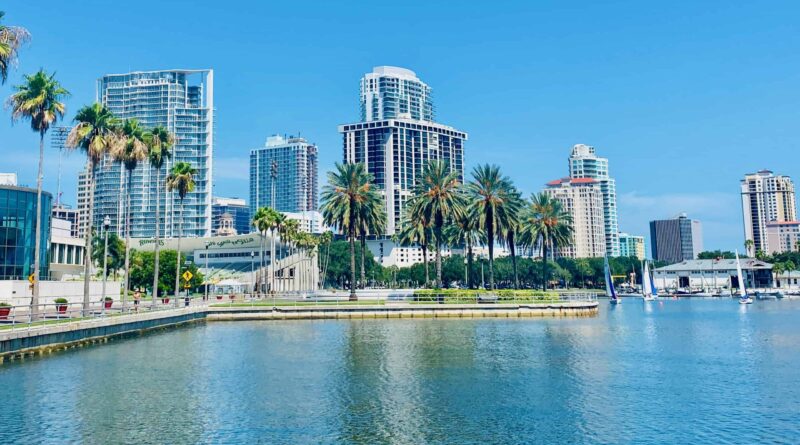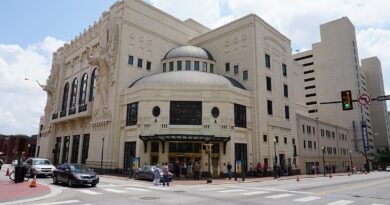History of St. Petersburg Florida
Nestled along the stunning Gulf Coast of Florida, St. Petersburg is a vibrant city known for its beautiful beaches, thriving arts scene, and rich cultural heritage. Beyond its modern attractions, St. Petersburg has a fascinating history that spans centuries, shaped by pioneers, visionaries, and an enduring spirit of resilience. In this article, we will take a journey back in time to explore the captivating history of St. Petersburg, from its early beginnings to the vibrant city it is today.
Early Settlement and Founding
The story of St. Petersburg begins in the late 19th century when a Russian nobleman named Peter Demens arrived in the area. He envisioned creating a grand city along the coast and named it after his birthplace, St. Petersburg, Russia. Demens, along with his partner John C. Williams, purchased the land and laid the foundation for the city’s development. On June 8, 1888, St. Petersburg was officially incorporated as a town.
The Railroad and Tourism Boom in St. Petersburg
One pivotal event that shaped the destiny of St. Petersburg was the arrival of the Orange Belt Railway in 1888. The railway brought accessibility to the region, attracting tourists and settlers seeking the area’s natural beauty and warm climate. As word spread about the city’s idyllic surroundings, more visitors flocked to St. Petersburg, leading to a significant population growth.
In the early 20th century, St. Petersburg gained popularity as a winter resort destination, known as the “Sunshine City.” Wealthy northerners seeking respite from harsh winters built elegant hotels and mansions along the waterfront. The iconic Vinoy Park Hotel, constructed in 1925, stands as a testament to this era of prosperity and architectural grandeur.
St. Petersburg Cultural Heritage and the Arts
Throughout its history, St. Petersburg has fostered a vibrant arts and cultural scene. The city became a hub for artists and writers, attracting creative minds seeking inspiration from its natural beauty and serene atmosphere. The Museum of Fine Arts, founded in 1965, showcases an impressive collection of European, American, and pre-Columbian art, while the Salvador Dali Museum, opened in 1982, pays homage to the renowned surrealist painter.
Revitalization and Modern Development
In the latter half of the 20th century, St. Petersburg underwent a significant revitalization effort that transformed the downtown area into a vibrant urban center. The city embraced modern development while preserving its historic charm. The iconic Pier, a beloved landmark, has gone through several iterations, with the most recent iteration, the St. Pete Pier, opening in 2020 as a recreational and cultural hub.
Today, St. Petersburg thrives as a diverse and dynamic city, known for its lively downtown scene, thriving arts districts, and world-class museums. The city continues to evolve, attracting residents and visitors with its waterfront parks, vibrant festivals, and a burgeoning culinary scene.
Discover more from City Towner
Subscribe to get the latest posts sent to your email.




